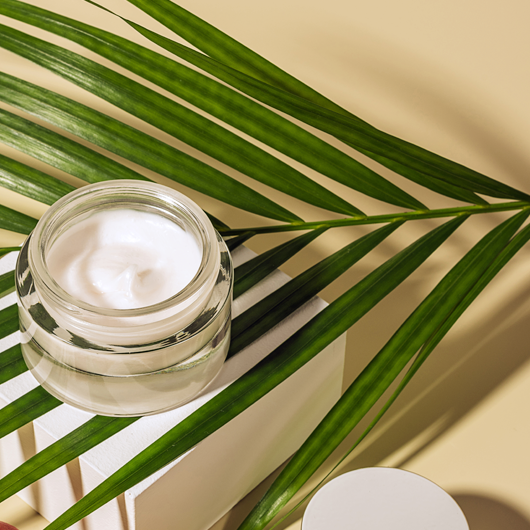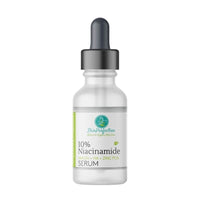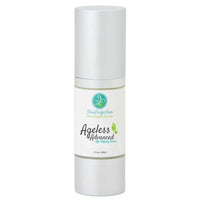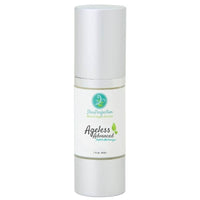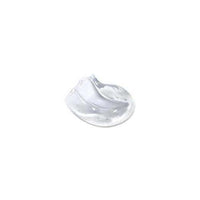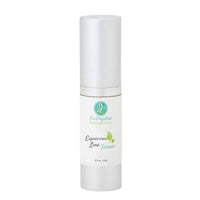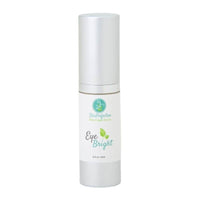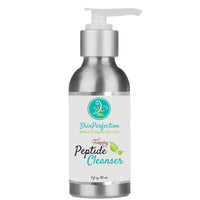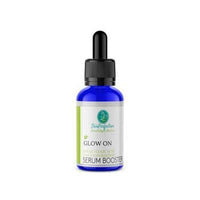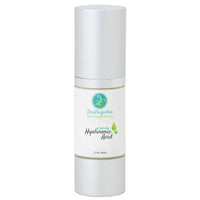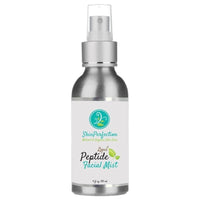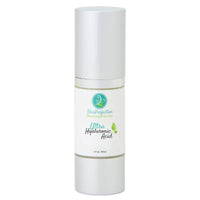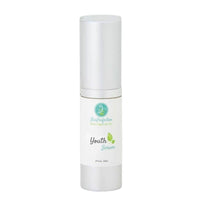Normal
All About "Normal" Skin: The Straightforward Guide
Many of us aim to achieve what's often dubbed "normal" skin, but what does that even mean? Dive in as we explore the world of normal skin, its perks, the bumps along the road, how time ticks on it, and the TLC it deserves.
Normal Skin: Breaking It Down
"Normal" is a term we often hear, but in the skin world, it refers to skin that strikes a balance - not too dry or oily. Think of it like the Goldilocks of skin types - it's just right. It has a good balance of moisture an even tone and typically doesn't suffer from severe sensitivities.
The Upsides of Normal Skin
- Less Maintenance: With neither oily nor dry skin, you generally don't have to stress over extreme skincare regimes or frequent breakouts.
- Versatile: Normal skin can typically handle a range of products, from creams to gels, without adverse reactions.
- Natural Glow: This skin type often has a natural, healthy-looking radiance without too much shine or dullness.
The (Few) Downsides
- Complacency Can Creep In: Just because skin seems balanced now doesn't mean it'll stay that way forever. Neglecting skincare might tip that balance over time.
- Change is Inevitable: With age, hormonal changes, or environmental factors, normal skin can shift to dry, oily, or combination.
The March of Time: Normal Skin and Aging
Age spares no skin type. Even the most balanced skin will change:
- Dryness Can Develop: Our skin tends to produce less oil as we age, making even "normal" skin lean towards the drier side.
- Wrinkles and Lines: The skin loses some elasticity over time. Leading to This leads to the appearance of fine lines and wrinkles, even on well-balanced skin.
- Age Spots and Uneven Tone: Sun exposure, even for resilient skin, can result in age spots or an uneven skin tone over the years.
Special Care for the Balanced Beauty
Even the best-behaved skin needs a little pampering:
- Regular Cleansing: Even if you're not combating oil or flakiness, your skin still gathers dirt and pollutants. A gentle cleanser can help remove these without disturbing your skin's balance.
- Moisturize, Always: Keep that balance in check. A light, non-comedogenic moisturizer is perfect for normal skin.
- Sun Protection is Non-negotiable: Just because your skin behaves doesn't mean it's invincible to the sun. Always wear sunscreen.
- Aging Gracefully: Consider incorporating products with antioxidants, retinoids, or peptides as you age to combat those inevitable signs of time.
- Regular Check-ins: Every once in a while, evaluate your skincare routine. What worked in your 20s might need a tweak in your 40s.
- Stay Hydrated and Eat Right: Healthy skin often reflects what's happening inside. Drink water and consume a balanced diet for that added glow.
While normal skin may seem like a cakewalk, it still needs care, love, and attention, especially as time progresses. Treating it right ensures this balanced beauty stays resilient and radiant for years.
What is the Ideal Skin Type?
Very few people would claim that they have normal skin. Normal skin retains moisture without persistent acne; it isn't prone to skin types' dryness and flakiness and often avoids the oily sheen that other people face. For most, healthy skin is ideal. However, it is essential to remember that our complexion evolves as we grow and change.
In youth, we often have perfect skin that begins to blemish in our teenage years because of our changing hormones and bodies. Some women continue to have blemishes or dryness into early adulthood and for the rest of their lives, while some women will establish balance and not see any more skin issues until the next stage of life.
As the skin ages, it goes through another change and may become too oily or too dry again and require different treatments. This is all part of life and should not be cause for alarm. However, a sudden shift in skin type is common and also signals an internal change.
What does a Normal Complexion Look Like?
Babies and children often have normal skin. Some women are lucky enough to have neither too dry nor too oily skin naturally. What Normal skin is neither too dry nor too oily? It is not tight or uncomfortable, neither shiny nor dull and gray. Many women identify their skin as normal when products designed for oily skin dry out, and products intended for dry skin make them too oily. It is naturally imperfection-free, resists impurities, and has not seen too much sun exposure.
The skin is naturally even and blemish-free, and it is infrequent that it has a rash, pimple, or dry patch. In addition, healthy skin regulates its moisture, so you rarely need to fix your makeup or apply more moisturizer. In short, a healthy complexion is effortless to care for.
Women with little sun exposure and no hormonal imbalances may have a balanced complexion once puberty occurs. In the early twenties and thirties, before wrinkles and other signs of aging appear, it's women's most common time to have normal skin.
As young children, we may also have normal skin. Some fortunate women will have a balanced complexion throughout their lives and will never have to worry about blemishes, discoloration, or even wrinkles until their face is mature.
How do we achieve a "normal" complexion? Using products rich in omega-3s and natural moisturizers can help restore oily and dry skin to a more normal state. If you have sensitive skin, use skin-calming products containing oatmeal and antioxidants, collagen, and other proteins that help build and rejuvenate the look of the skin. Use an effective but non-abrasive cleanser daily and get plenty of vitamin C.
Age-defying anti-aging skincare routine for normal skin.
Morning:
Foaming Peptide Cleanser
Liquid Peptide Facial Mist
Eye Bright
Ageless Advanced Anti-Aging Serum
Ageless Advanced Moisturizer
Night:
Foaming Peptide Cleanser
Liquid Peptide Facial Mist
Eye Bright
Ageless Advanced Anti-Aging Serum
Ageless Advanced Moisturizer
One to two times a week:
- Glow-On Exfoliator
Specific Concerns
Click the link below to determine what products will work for specific skin concerns.
Crows Feet
Dark Circles
Dull Complexion
Expression Lines
Hyperpigmentation
Large Pores
Laugh Lines
Lip Lines
Sagging Neck and Jowl Areas
Under-eye Bags and Puffiness
Wrinkles
References:
Luebberding, S., Krueger, N., & Kerscher, M. (2013). Skin physiology in men and women: in vivo evaluation of 300 people including TEWL, SC hydration, sebum content, and skin surface pH. International Journal of Cosmetic Science, 35(5), 477-483.
Makrantonaki, E., & Zouboulis, C. C. (2007). Molecular mechanisms of skin aging: state of the art. Annals of the New York Academy of Sciences, 1119(1), 40-50.
Rawlings, A. V. (2007). Ethnic skin types: Are there differences in skin structure and function? International Journal of Cosmetic Science, 28(2), 79-93.
Baumann, L. (2007). Skin aging and its treatment. The Journal of Pathology, 211(2), 241-251.
Pagnoni, A., Kligman, A. M., & Ebling, F. J. G. (2002). Photodamage and photoprotection. Journal of the American Academy of Dermatology, 52(1), 130-137.


